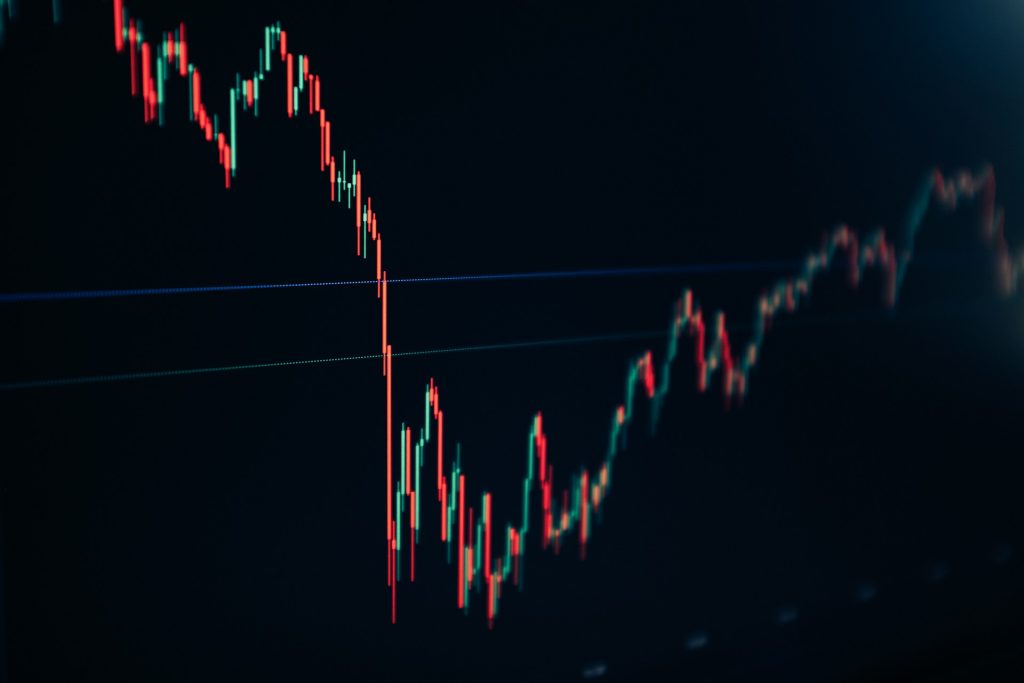Introduction
Deriv Synthetic Indices have redefined modern trading by offering algorithm-driven markets that operate 24/7, free from real-world asset constraints. From high-octane Boom and Crash indices to strategic Range Break and Jump indices, these instruments cater to every trading style. This comprehensive guide explores all major synthetic index types, their mechanics, and actionable strategies to help you trade smarter.
What Are Deriv Synthetic Indices?
Deriv Synthetic Indices are algorithmically generated markets that simulate price movements using cryptographically secure random number generators (RNG). They provide:
- 24/7 Trading: No downtime—trade anytime, even on weekends.
- Zero Real-World Dependency: Immune to news, earnings reports, or geopolitical events.
- Customizable Volatility: From stable to extreme price swings.
Types of Deriv Synthetic Indices
1. Boom and Crash Indices
Examples: Boom 500, Crash 1000.
Characteristics:
- Exponential Multipliers: Prices skyrocket (Boom) or plummet (Crash) with multipliers (e.g., 500x) until a random “stop event” resets the index.
- High Risk/Reward: Traders predict when the multiplier will collapse to secure profits.
- Speed: Requires lightning-fast decision-making.
Best For: Thrill-seekers and short-term speculators.
Trading Strategies:
- Multiplier Timing: Exit trades before the crash/boom ends using take-profit orders.
- Hedging: Pair Boom 500 trades with low-volatility indices to balance risk.
2. Jump Indices
Examples: Jump 10 (J10), Jump 50 (J50).
Characteristics:
- Predictable Jumps: Prices move steadily but “jump” by fixed increments (e.g., ±10 points) at random intervals.
- Hybrid Volatility: Combines stable trends with sudden volatility spikes.
- Transparent Patterns: Jumps reset trends, creating clear entry/exit points.
Best For: Traders who prefer structured volatility.
Trading Strategies:
- Jump Anticipation: Use pending orders to capitalize on post-jump momentum.
- Range Trading: Profit from price oscillations between jumps.
3. Range Break Indices
Examples: Range Break 100 (RB100), Range Break 200 (RB200).
Characteristics:
- Price Corridors: Prices fluctuate within a fixed range (e.g., ±100 points) until a breakout occurs.
- Breakout Volatility: Post-breakout phases feature sharp, directional trends.
- Cyclical Behavior: Alternates between consolidation and momentum.
Best For: Traders skilled in support/resistance analysis.
Trading Strategies:
- Range Trading: Buy low and sell high within boundaries.
- Breakout Momentum: Use pending orders to catch post-breakout trends.
4. DEX Indices
Examples: DEX Screamer, DEX Tectonic.
Characteristics:
- Dynamic Algorithms: Unique indices with proprietary price models, often tied to Deriv’s platform behavior.
- Volatility Clusters: Sudden, intense price movements followed by calm periods.
- Innovative Mechanics: Some mimic decentralized exchange (DEX) dynamics, though they remain centralized.
Best For: Traders seeking unconventional, high-volatility opportunities.
Trading Strategies:
- Volatility Surfing: Capitalize on clustered price spikes.
- Event-Based Trading: Monitor Deriv’s platform updates for index behavior changes.
5. Volatility Indices
Examples: Volatility 75 (V75), Volatility 100 (V100).
Characteristics:
- Adjustable Volatility: Higher numbers (e.g., V100) mean faster, wilder price swings.
- Random Walk Theory: Prices follow RNG-based patterns, mimicking organic markets.
Best For: Scalpers and trend traders.
Trading Strategies:
- Scalping: Trade 1-minute charts on V75/V100.
- Moving Averages: Identify trends on V25/V50.
6. Step Indices
Examples: Step Index.
Characteristics:
- Fixed Increments: Prices rise/fall by set points (e.g., +1) at regular intervals (e.g., every 10 seconds).
- Predictable Timing: Ideal for algorithmic or time-based strategies.
Best For: Beginners and automated trading systems.
Comparison Table: Key Index Types
| Index Type | Volatility | Key Feature | Risk Level | Best Strategy |
|---|---|---|---|---|
| Boom/Crash | Extreme | Multiplier events | Very High | Short-term speculation |
| Jump Indices | Moderate | Fixed incremental jumps | Moderate | Jump anticipation |
| Range Break | Variable | Price corridors + breakouts | Moderate | Range/breakout trading |
| DEX Indices | High | Proprietary algorithms | High | Volatility clustering |
| Volatility Indices | Adjustable | RNG-based price swings | Medium-High | Scalping, trend following |
| Step Indices | Low | Time-based increments | Low | Algorithmic trading |
Why Trade Deriv Synthetic Indices?
- Diverse Opportunities: Match any strategy—scalping, hedging, or breakout trading.
- Risk Control: Choose indices aligned with your risk tolerance (e.g., Step vs. Boom 500).
- Innovation: Access cutting-edge indices like DEX, which offer unique algorithmic behaviors.
Advanced Trading Tips
- Combine Indices: Use low-volatility Step Indices to offset high-risk Boom 500 trades.
- Leverage Tools: Apply Deriv’s MT5 platform for advanced charting and automated bots.
- Stay Disciplined: 24/7 markets can tempt overtrading—set daily limits.
FAQs
Q: Can I trade multiple synthetic indices at once?
A: Yes! Diversify your portfolio across Boom, Range Break, and Volatility indices.
Q: Are DEX indices riskier than Volatility indices?
A: Often yes, due to unpredictable proprietary algorithms. Start with small positions.
Q: How do I practice trading synthetic indices?
A: Use Deriv’s demo account with virtual funds to test strategies risk-free.
The Future of Synthetic Trading
Expect advancements like:
- AI-Powered Indices: Algorithms that adapt to trader behavior.
- Cross-Platform Synergy: Integration with decentralized finance (DeFi) protocols.
- Customizable Indices: Tailor volatility, jump intervals, or reset times.
Conclusion
Deriv Synthetic Indices—from adrenaline-pumping Boom/Crash to strategic Range Break and innovative DEX indices—offer unparalleled flexibility for traders. By understanding each index’s mechanics and pairing them with disciplined strategies, you can thrive in these 24/7 algorithmic markets. Ready to start? Open a Deriv demo account, experiment with different indices, and transform your trading journey today.

